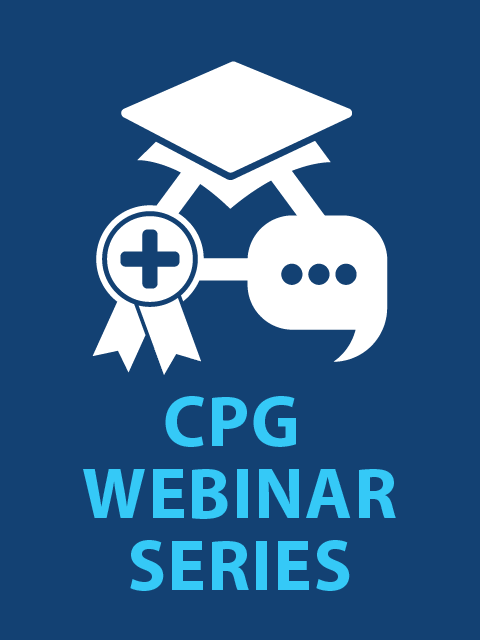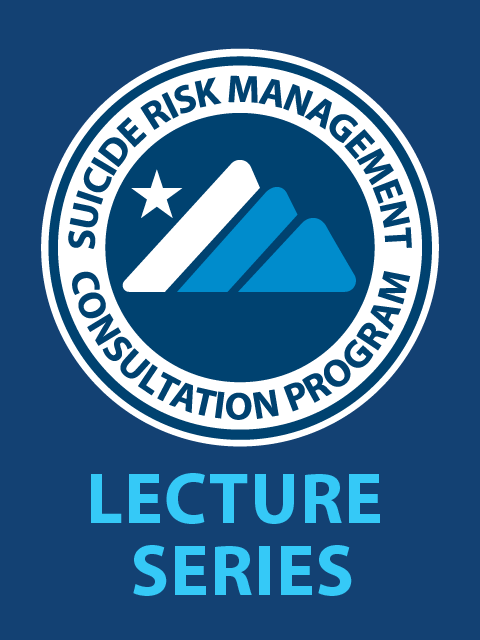1: Suicide Risk Screening Programs
Screening and Assessment » Screening
1: Suicide Risk Screening Programs
There is insufficient evidence to recommend for or against suicide risk screening programs to reduce the risk of suicide or suicide attempts.
Strength:
Neither for nor against
Category:
ReviewedNew-added
Grades and Definitions
- Strong for
- or "We recommend offering this option …"
- Weak for
- or "We suggest offering this option …"
- No recommendation
- or "There is insufficient evidence …"
- Weak against
- or "We suggest not offering this option …"
- Strong against
- or "We recommend against offering this option …"
Categories and Definitions |
||
|---|---|---|
| Evidence Reviewed* | Recommendation Category* | Definition* |
| Reviewed | New-added | New recommendation following review of the evidence |
| New-replaced | Recommendation from previous CPG that has been carried over to the updated CPG that has been changed following review of the evidence | |
| Not changed | Recommendation from previous CPG that has been carried forward to the updated CPG where the evidence has been reviewed but the recommendation is not changed | |
| Amended | Recommendation from the previous CPG that has been carried forward to the updated CPG where the evidence has been reviewed and a minor amendment has been made | |
| Deleted | Recommendation from the previous CPG that has been removed based on review of the evidence | |
| Not reviewed | Not changed | Recommendation from previous CPG that has been carried forward to the updated CPG, but for which the evidence has not been reviewed |
| Amended | Recommendation from the previous CPG that has been carried forward to the updated CPG where the evidence has not been reviewed and a minor amendment has been made | |
| Deleted | Recommendation from the previous CPG that has been removed because it was deemed out of scope for the updated CPG | |
| *Adapted from the NICE guideline manual (2012): The guidelines manual. London: National Institute for Health and Care Excellence;2012. and Martinez Garcia L, McFarlane E, Barnes S, Sanabria AJ, Alonso-Coello P, Alderson P. Updated recommendations: An assessment of NICE clinical guidelines. Implement Sci. 2014;9:72. | ||
Recommendation Resources
A suicide risk screening program can be defined as a systematic approach encompassing suicide risk screening, followed by a comprehensive assessment and formulation of a risk management plan for patients identified as being at an elevated risk of suicide. Suicide risk screening programs are frequently part of routine care and are required by accrediting bodies.
Training and Clinical Resources
This section includes recommended training and/or clinical resources about suicide risk screening programs.
Return to Resource OptionsManuals
This section includes recommended manuals about suicide risk screening programs.
Return to Resource OptionsWebinars
This section includes recommended webinars about VA’s suicide risk screening program.
-
 Evidence-Based Practice in Suicide Risk Screening and Evaluation: Why, What, How and When? Presented by Dr. Nazanin Bahraini
Evidence-Based Practice in Suicide Risk Screening and Evaluation: Why, What, How and When? Presented by Dr. Nazanin Bahraini -
 VA Suicide Risk Identification Strategy (Risk ID): Utilizing the CPG to Inform Standardized Suicide Risk Screening and Evaluation Presented by Dr. Suzanne McGarity
VA Suicide Risk Identification Strategy (Risk ID): Utilizing the CPG to Inform Standardized Suicide Risk Screening and Evaluation Presented by Dr. Suzanne McGarity
Podcasts
This section includes recommended podcast episodes about suicide risk screening programs.
- Healthcare Strategies Podcast Series
-
 Using Risk Stratification to Drive Suicide Prevention Efforts In this episode, Drs. Kimberly Roaten and Jacqueline Naeem share how health systems can help prevent suicides in their patient populations by using data-informed suicide risk assessment and stratification approaches.
Using Risk Stratification to Drive Suicide Prevention Efforts In this episode, Drs. Kimberly Roaten and Jacqueline Naeem share how health systems can help prevent suicides in their patient populations by using data-informed suicide risk assessment and stratification approaches.
Articles
This section includes recommended articles about suicide risk screening programs.
- (2020). Assessment of Rates of Suicide Risk Screening and Prevalence of Positive Screening Results Among US Veterans After Implementation of the Veterans Affairs Suicide Risk Identification Strategy. JAMA network open, 3(10). e2022531. https://doi.org/10.1001/jamanetworkopen.2020.22531
- (2019). Does it hurt to ask? An analysis of iatrogenic risk during suicide risk assessment. Neurology, Psychiatry and Brain Research, 33. 73-81. https://doi.org/10.1016/j.npbr.2019.07.005.
- (2020). Examination of potential disparities in suicide risk identification and follow-up care within the Veterans Health Administration. Suicide & life-threatening behavior, 50(6). 1127–1139. https://doi.org/10.1111/sltb.12673
- (2019). Screening and Intervention for Suicide Prevention: A Cost-Effectiveness Analysis of the ED-SAFE Interventions. Psychiatric services (Washington D.C.), 70(12). 1082–1087. https://doi.org/10.1176/appi.ps.201800445
- (2018). Investigating the iatrogenic effects of repeated suicidal ideation screening on suicidal and depression symptoms: A staggered sequential study. Journal of affective disorders, 232. 139–142. https://doi.org/10.1016/j.jad.2018.02.022
- (2021). Areas of Improvement in Suicide Risk Identification, Assessment, and Risk Mitigation Documentation by Mental Health Prescribers at a Veterans Affairs Health Care System. Administration and policy in mental health, 48(4). 633–638. https://doi.org/10.1007/s10488-020-01097-0
- (2018). Development and Implementation of a Universal Suicide Risk Screening Program in a Safety-Net Hospital System. Joint Commission journal on quality and patient safety, 44(1). 4-11. https://doi.org/10.1016/j.jcjq.2017.07.006
- (2023). Implementation of Columbia Suicide Severity Rating Scale (C-SSRS) as a Universal Suicide Risk Screening tool in a High Volume Emergency Department. Archives of suicide research : official journal of the International Academy for Suicide Research, 27(2). 769–779. https://doi.org/10.1080/13811118.2022.2066495














 Patient Safety Screener Tools
Patient Safety Screener Tools  National Patient Safety Goal for Suicide Prevention
National Patient Safety Goal for Suicide Prevention 





